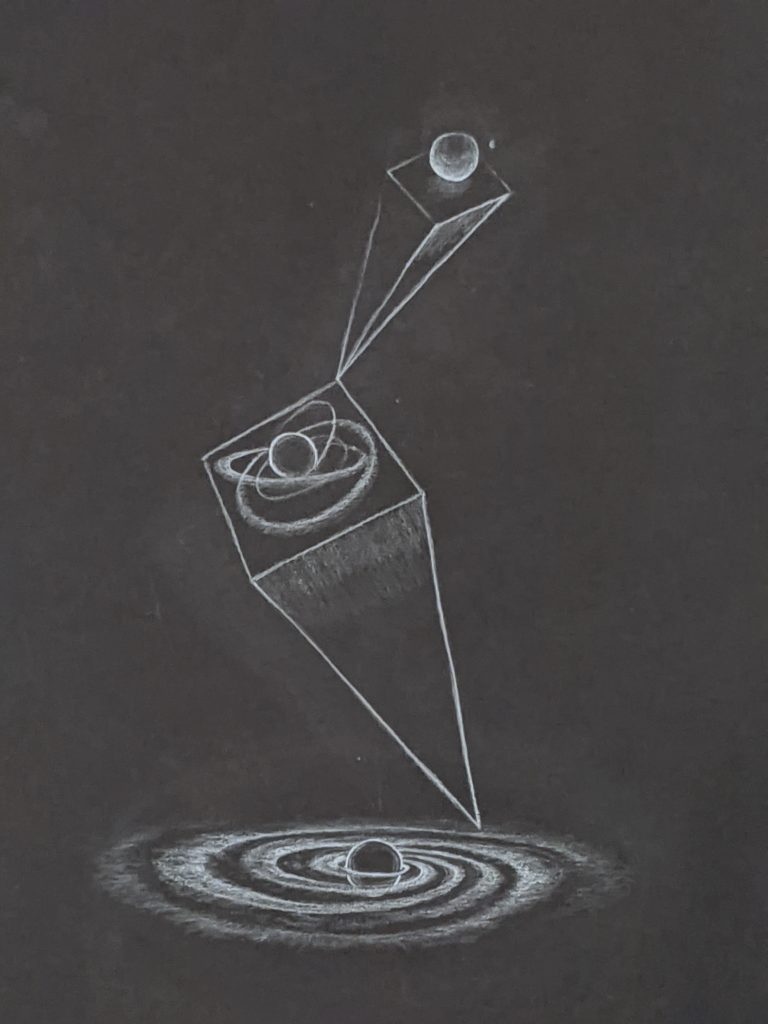THURSDAY, 25 FEBRUARY 2021
The Gaia mission was launched in 2013 and aims to help us map the universe, as there is still a great deal of uncertainty in the distances of the stars and galaxies around us. Knowing the distances to nearby stars may help calculate brightness of the stars and model stellar evolution. From this rudimentary interstellar ruler, it is possible to measure the distances and brightness of nearby galaxies, and even those distant enough that individual stars cannot be observed. Recently, the European Space Agency has released a new round of preliminary data from the Gaia mission, featuring an additional 34 months' worth of observational data including new types of analysis at a much bigger scale than before.The most accurate way of measuring interstellar distances - short of travelling to the stars themselves - is to measure the infinitesimal shifts, or parallax, of these pinpoints of light over the course of half a year as the Earth moves from one side of its solar orbit, to the other. Gaia is well suited to measure these parallaxes to greater precision than ground-based telescopes, which must contend with the distortion of incoming starlight by ripples in the atmosphere. The new information will ultimately help in determining the distribution of mass in the universe, and the high precision to which objects can now be localised in the sky will also be useful in other areas of physics, such as the detection of exoplanets or multiple-star systems. This astounding new data is only part of the full dataset which is scheduled for release in the middle of next year.

Clifford Sia is a medical student at the University of Cambridge, and the BlueSci website editor.
